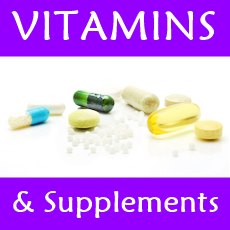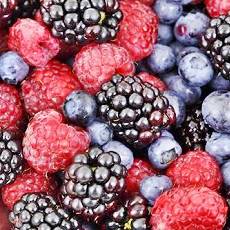Garlic and its health benefits
A healthy spice
Fact Checked
×All the content published in our website is fact checked to validate its accuracy.
Visit our guidelines web page to learn more about our strict processes regarding how we review our content's sources: reliable and reputable journals, media websites, universities, colleges, organizations, and professionals.
Our articles are based on scientific evidence, and the references are included in its footnotes, which are clickable links to sound scientific papers.
First published: 11.Oct.2023
Overview
Garlic is consumed as a spice and ingredient in different cuisines around the world. Traditional and complementary medicine include garlic as one of their natural remedies. Science shows that it has interesting health promoting sulfur-based chemical compounds.
This article will explore its potential benefits as a treatment for cancer, high blood pressure, diabetes, blood lipids, skin conditions and liver health, as well as its risks, side effects and recommended daily doses.
References and Further Reading
(1) Discorides, De materia medica, also see this Greek text and facsimile
(2) Ansary J, et al., (2020). Potential Health Benefit of Garlic Based on Human Intervention Studies: A Brief Overview. Antioxidants (Basel). 2020 Jul 15;9(7):619. doi: 10.3390/antiox9070619. PMID: 32679751
(3) Kim Ji Yeon and Kwon Oran, (2009). Garlic intake and cancer risk: an analysis using the Food and Drug Administration’s evidence-based review system for the scientific evaluation of health claims. The American Journal of Clinical Nutrition, Vol 89:1 p257-264 DOI:https://doi.org/10.3945/ajcn.2008.26142
(4) Verma T, Aggarwal A, Dey P, Chauhan AK, Rashid S, Chen KT, Sharma R. (2005). Medicinal and therapeutic properties of garlic, garlic essential oil, and garlic-based snack food: An updated review. Front Nutr. 2023 Feb 16;10:1120377. doi: 10.3389/fnut.2023.1120377. PMID: 36875845
(5) Garlic. National Center for Complementary and Integrative Health (NCCIH). Last Updated: December 2020, accessed 11 Oct. 2023
(6) Askari M, et al., (2021). Effects of garlic supplementation on oxidative stress and antioxidative capacity biomarkers: A systematic review and meta-analysis of randomized controlled trials. Phytother Res. 2021 Jun;35(6):3032-3045. doi: 10.1002/ptr.7021. Epub 2021 Jan 23. PMID: 33484037
(7) Wang HP, Yang J, Qin LQ, Yang XJ. (2015). Effect of garlic on blood pressure: a meta-analysis. J Clin Hypertens (Greenwich). 2015 Mar;17(3):223-31. doi: 10.1111/jch.12473. Epub 2015 Jan 5. PMID: 25557383
(8) Shabani E, Sayemiri K, Mohammadpour M. (2018). The effect of garlic on lipid profile and glucose parameters in diabetic patients: A systematic review and meta-analysi. Prim Care Diabetes. 2019 Feb;13(1):28-42. doi: 10.1016/j.pcd.2018.07.007. Epub 2018 Jul 23. PMID: 30049636
(9) Soleimani D, Paknahad Z, Rouhani MH. (2020). Therapeutic Effects of Garlic on Hepatic Steatosis in Nonalcoholic Fatty Liver Disease Patients: A Randomized Clinical Trial. Diabetes Metab Syndr Obes. 2020 Jul 7;13:2389-2397. doi: 10.2147/DMSO.S254555. PMID: 32753923
About this Article
Garlic and its health benefits, A. Whittall
©2023 Fit-and-Well.com, 11 Oct. 2023. Update scheduled for 11 Oct. 2025. https://www.fit-and-well.com/diet-food/garlic-health-benefits.html
Tags: garlic, heart disease, diabetes, cholesterol, cancer, blood pressure, liver, warts



